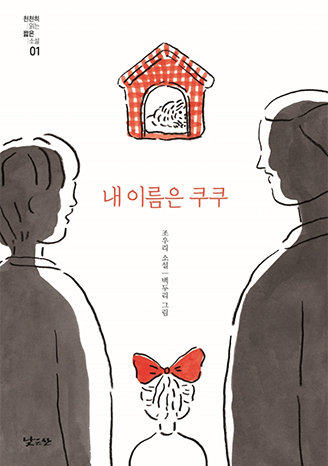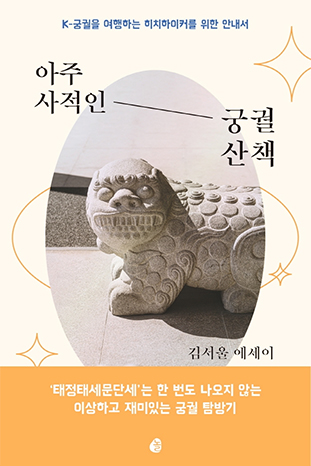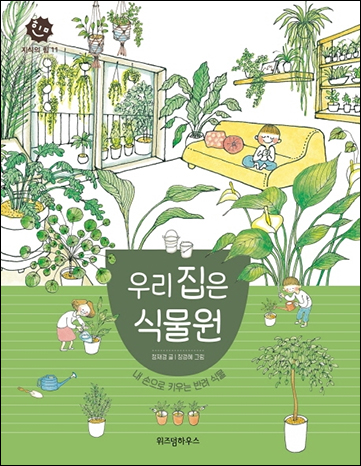|
Publishing Industry
Collaboration of Reading Class at School The Impact of the "Reading One Book in a Semester" Program
2022.02.14
Before discussing Korean schools' reading education, “Reading One Book in a Semester” should come first. The program “Reading a Book in a Semester” is an educational method in the National Curriculum Revised in 2015. It is about reading a book a semester during Korean classes. This methodology was first applied to 3rd and 4th graders of elementary school and first-year students in middle and high school in 2018. From 2020, it was expanded to students from grades 3 to 12.
Characteristics of Korean educational culture: Textbook-based class
Korean schools still tend to run classes with textbooks reviewed and approved by the state. In the 2000s, the Ministry of Education officially directed teachers to help students reach the Standard set in the National Educational Curriculum by using various class materials. Twenty years have passed since then, but too many are still dependent on textbooks.
Educational activities in school and responses of the publishing industry
Until the 1990s, the list of recommended books for students consisted mainly of Western white middle-class male writers' books. Japan learned the Western culture, and the list of recommended books was called World Literature. The list was sustained for 50 years, even after Korea earned its independence. However, the tendency changed in 2000. Teachers rose to let students read books from the same era, not classics. Also, students should read books they can comprehend, not the ones famous but hard to read. The movement was well-received among teachers, changing the school-recommended books by 2010.
Implementation of the “Reading One Book in a Semester” program built the foundation for publishers to release good-quality books, and it gave chances for students to read diverse books.
“Reading One Book in a Semester” is the most recent government policy that affected publishers. Before the method was introduced, reading education was a recommendation, and reading was only for teachers interested in reading as an educational method. With the introduction of the program to the National Educational Curriculum, reading classes became introductory courses for all teachers who teach Korean. The introduction of "Reading One Book in a Semester" is a policy that has had a significant influence on the education sector as the government's approach tends to have a considerable impact in Korea. While the total count for reading of the population decreased due to the widespread use of smartphones and easy Internet access, the policy was the best that the Korean government could do as an educational policy to promote the reading culture.
The 2021 Winter Reading List recommended by Teachers Who Make the World Warm with Books.
Three years after passing the teacher test and being appointed a teacher, Korean teachers receive first-class teacher training. When he was first appointed as a teacher, he was a second-class teacher, and after receiving the aforementioned three-year training, he became a first-class teacher. The 17 City and Provincial Education Training Centers run a first-class teacher training course. In addition, the Korean language curriculum includes the "Reading One Book a Semester" program. Teachers receive education on reading classes and evaluation methods, such as Writing Book Reviews, Dialogue on Books, Oral Evaluation on Books, and apply the training to school. Suppose you are interested in Korea's reading class. In that case, I recommend reading from a portal site, Naver (www.naver.com), searching the following in Korean: “서평 쓰기” (Writing Book Reviews), “책 대화하기” (Having a Dialogue on Books), “독서 구술평가” (Oral Evaluation on Books), and “한 학기 한 권 읽기” (Reading One Book in a Semester). If you search for the keyword, you will see articles that several teachers have posted on blogs regarding their classes, and you can see what reading education in Korea looks like. Unfortunately, there is a problem with translation because the postings are written in Korean. Still, you will understand the overall meaning by using the translation provided by the web browser.
Written by Song Seung-Hun (Member of Mulkkobang under the Reading Education Branch of the Korean Language Teachers Association)
Song Seung-Hun (Member of Mulkkobang under the Reading Education Branch of the Korean Language Teachers Association) #Reading Class#School#Publishing Industry#Reading One Book in a Semester#Korean Language Teachers Association |
Pre Megazine
-

New Tarot Made With Korean Colors and Patterns!
VOL.69
2024.04 -

Please Look After Mom by Shin Kyung-sook
VOL.69
2024.04 -

Paper Play – A Great Way for Emotional Development, Concentration, and Creativity!
VOL.68
2024.03 -

Submit Us Your Reviews of Korean Books!
VOL.68
2024.03 -

A Miraculous Workout Routine for a Healthier Body!
VOL.67
2024.02 -

The Hottest Place in Korea, Right Here, Right Now!
VOL.66
2024.01 -

Kim Jiyoung, Born 1982 by Cho Nam-Joo
VOL.66
2024.01 -

Concerning My Daughter by Kim Hye-jin
VOL.65
2023.12 -

Bake Delicious Bread that’s Just Right for Your Taste
VOL.65
2023.12 -

Craft Your Own Special Miniature Furniture
VOL.64
2023.11 -

Take Beautiful Palace Tours With a Book
VOL.63
2023.10 -

A Guide to Beautiful Korean Handwriting
VOL.62
2023.09 -

An Offbeat Trip to Jeju Island
VOL.61
2023.08 -

Prepare for Disasters with a Single Book
VOL.60
2023.07 -

The Hen Who Dreamed She Could Fly by Hwang Sun-mi
VOL.60
2023.07 -

Feel the Street Vibes with Watercolor Painting
VOL.59
2023.06 -

Bone Soup by Kim Young-tak
VOL.59
2023.06 -

Eat Healthier and Tastier – Korean Vegan Food
VOL.58
2023.05 -

Almond by Won-pyung Sohn
VOL.58
2023.05 -

Learn About and Have Greater Fun Drinking Korean Alcohol!
VOL.57
2023.04 -

Knitting YouTuber Daeri Kim’s “Easy Modern Daily Knit”
VOL.56
2023.03 -

A New Section for Readers’ Reviews!
VOL.55
2023.02










